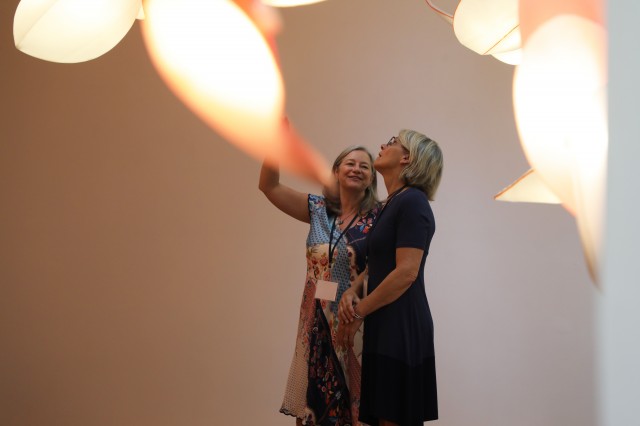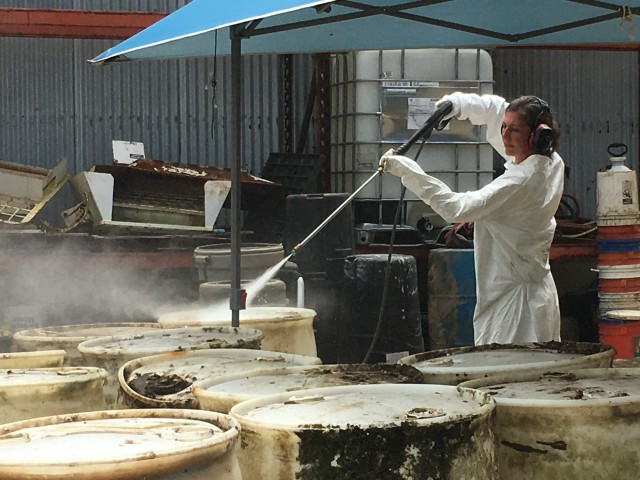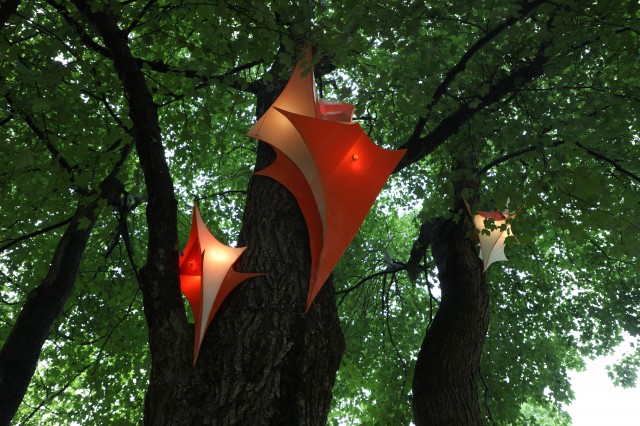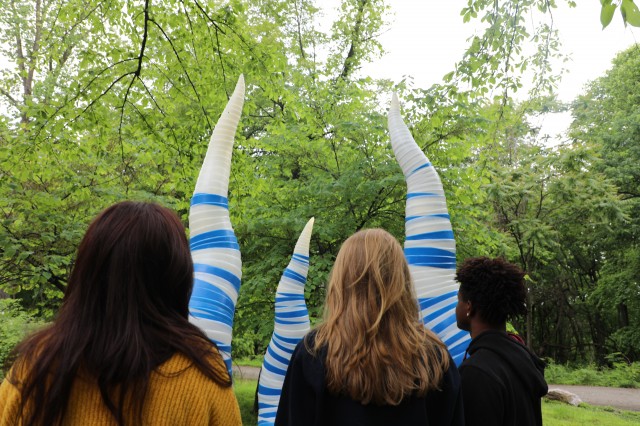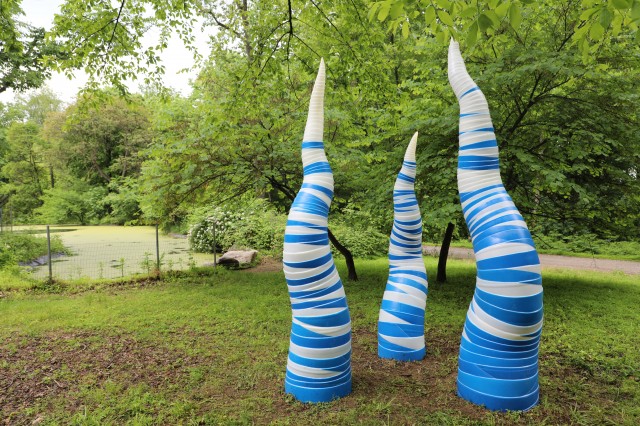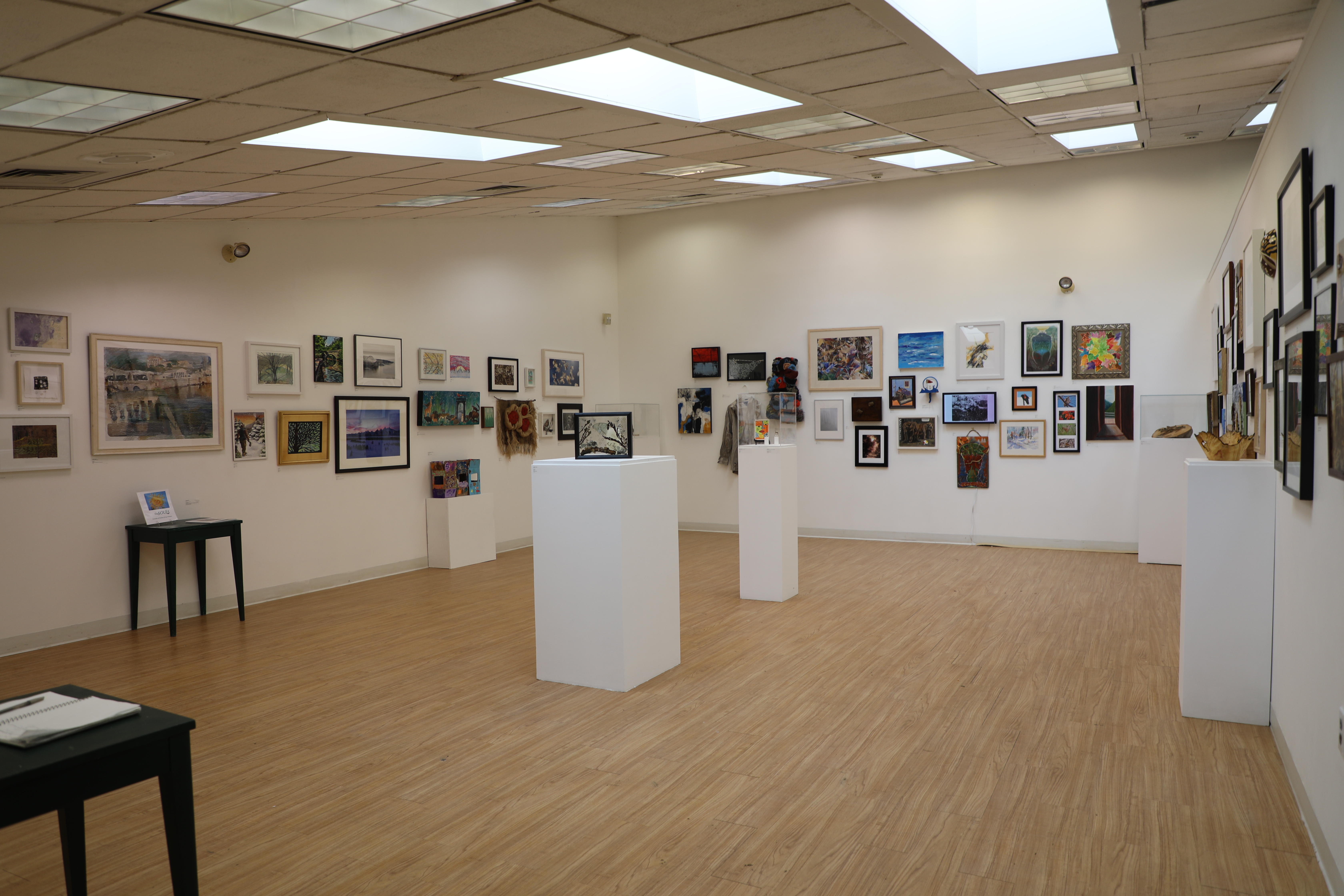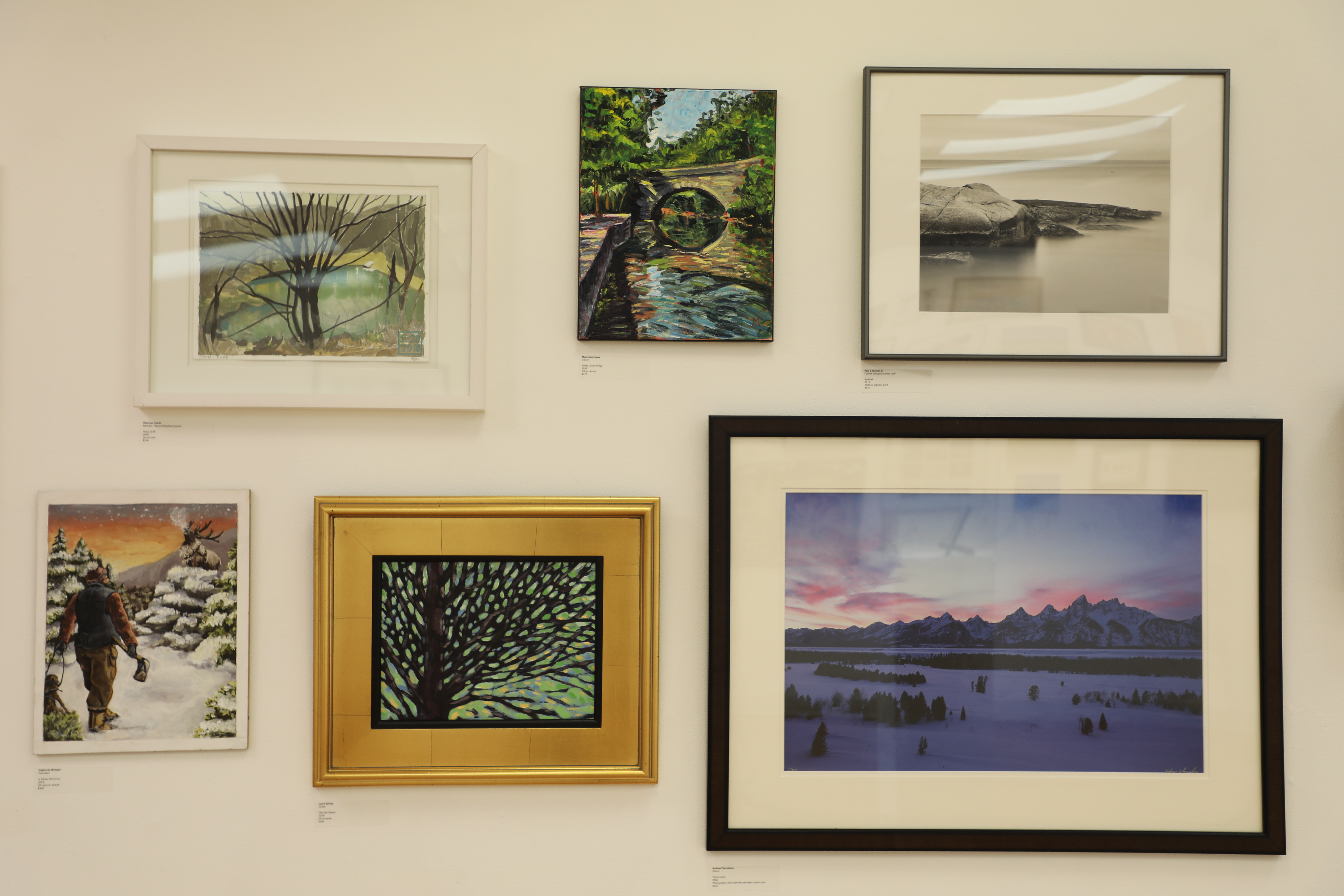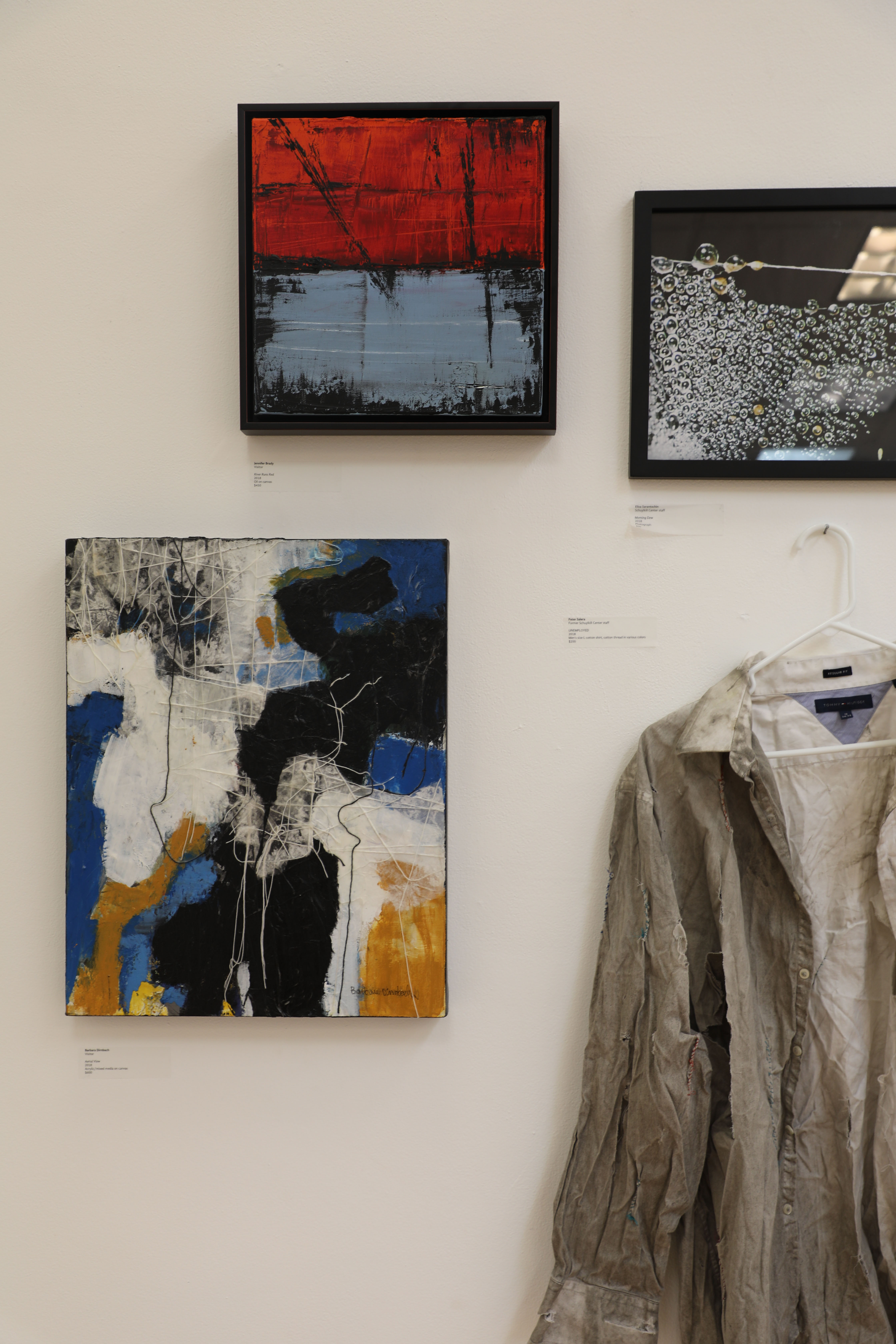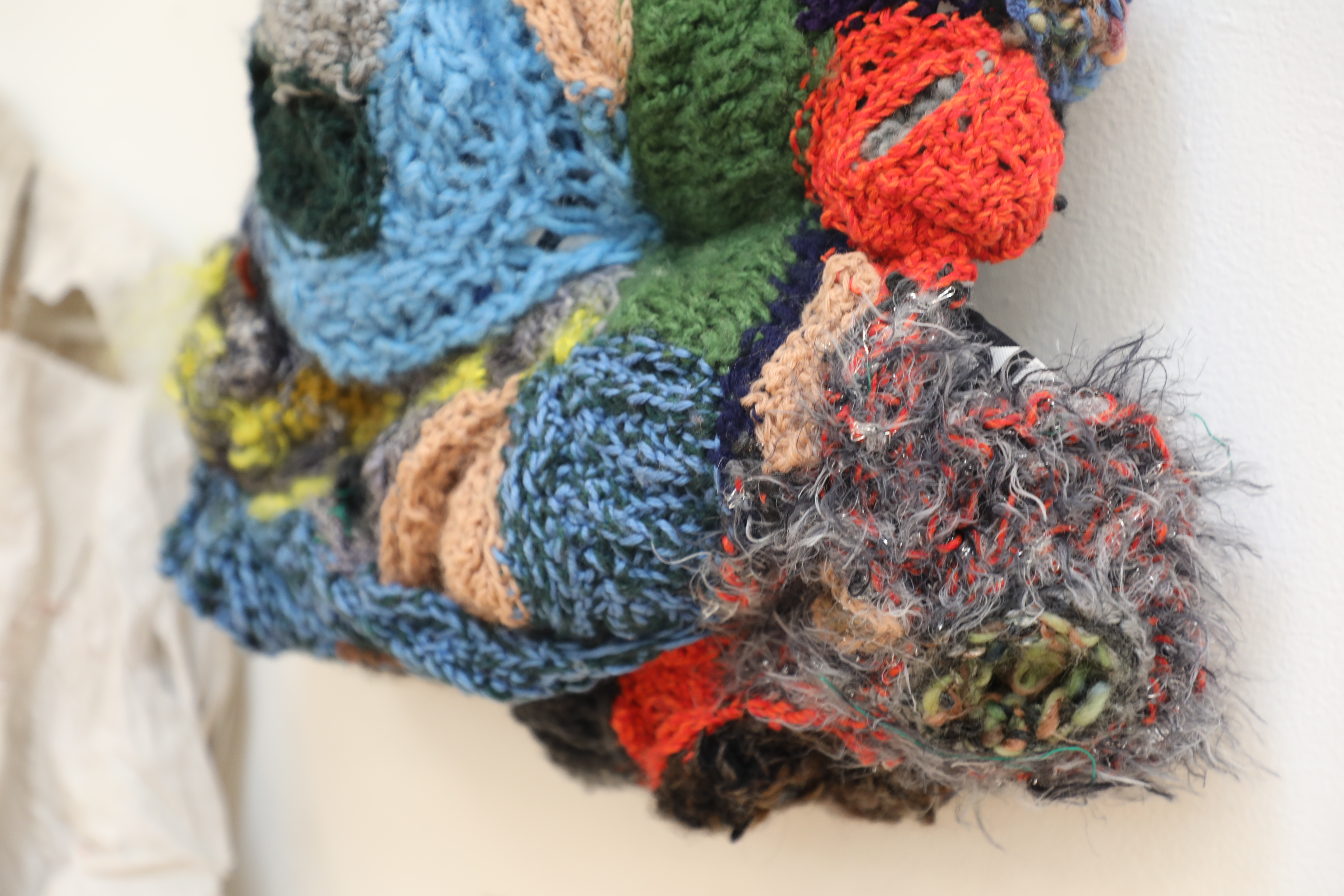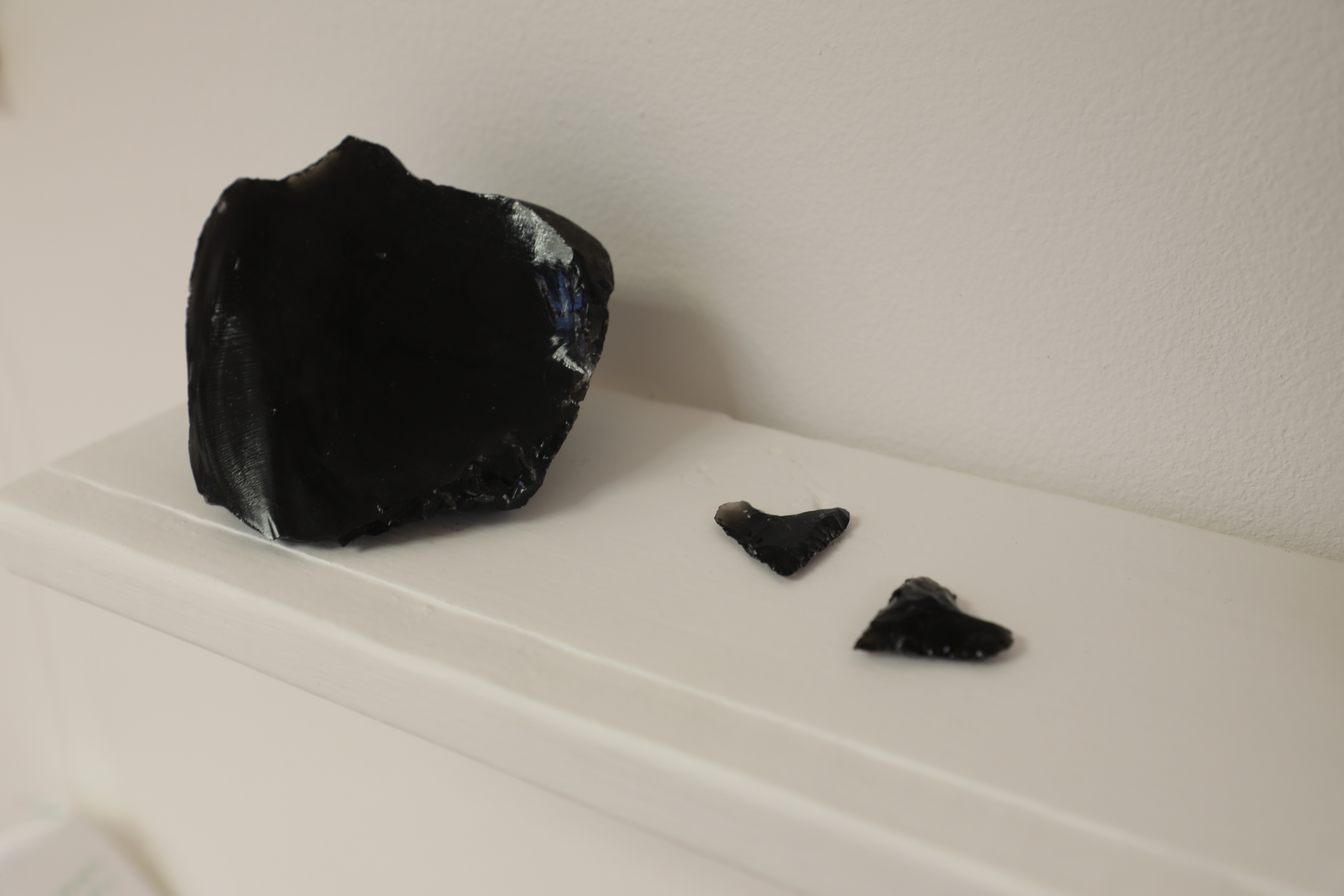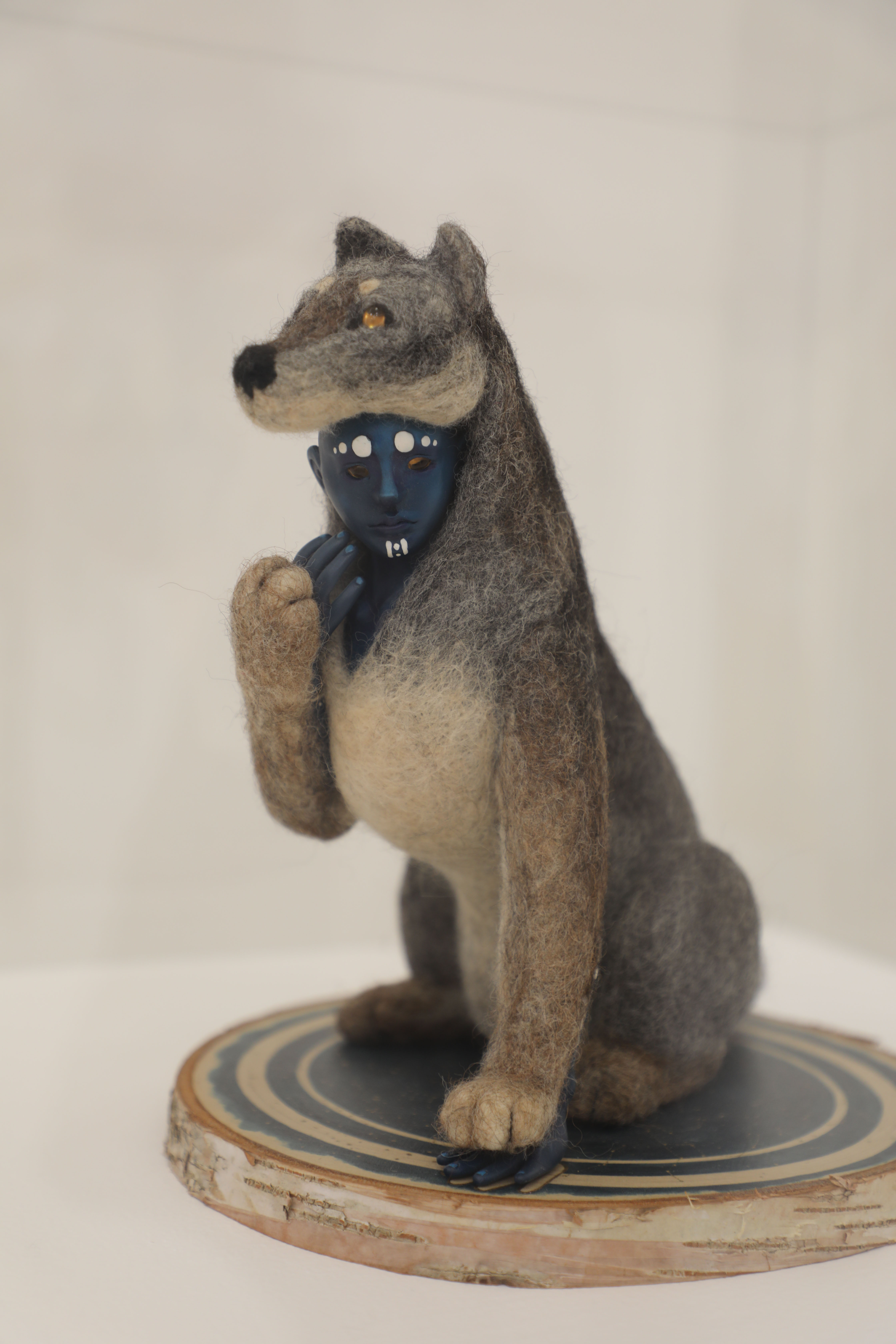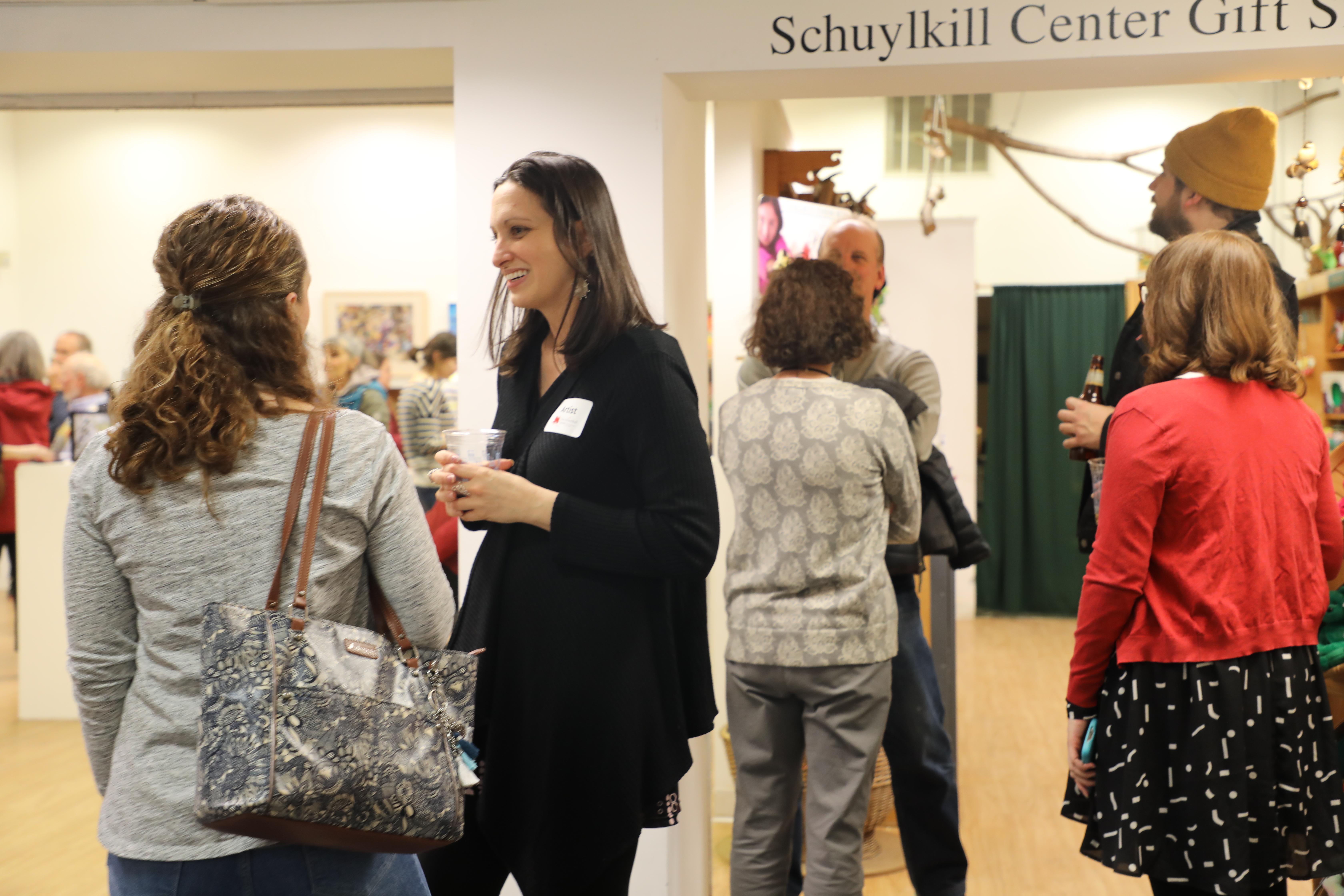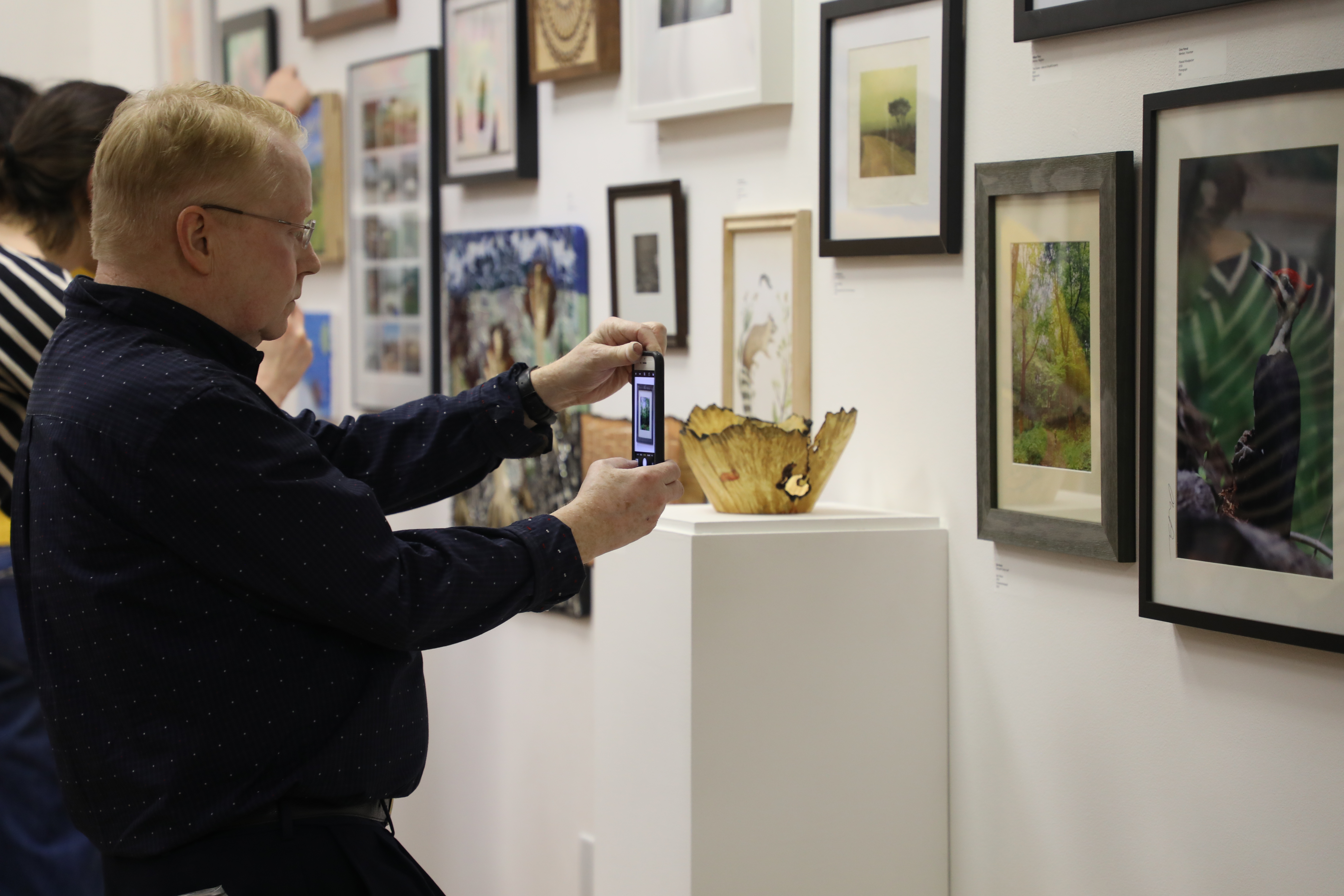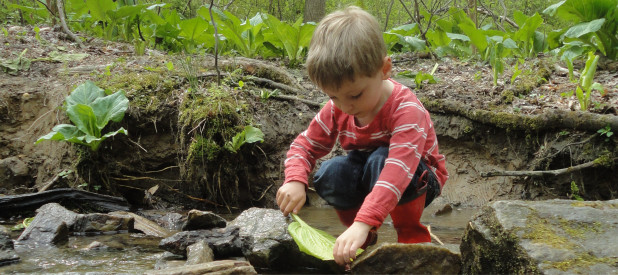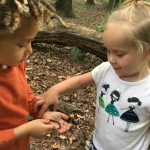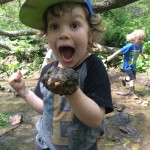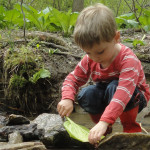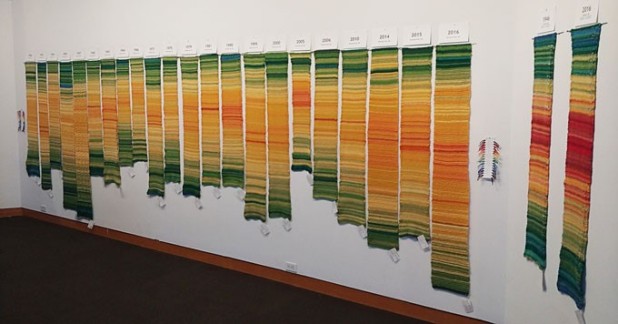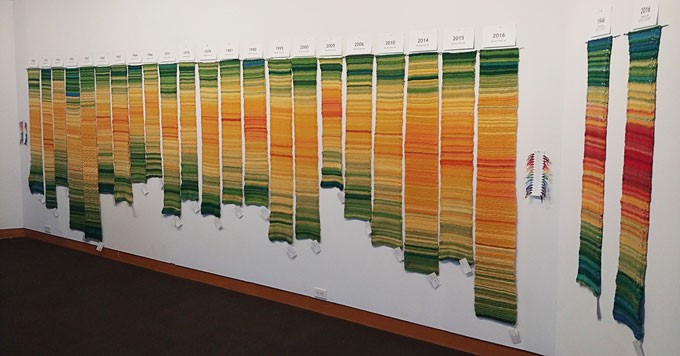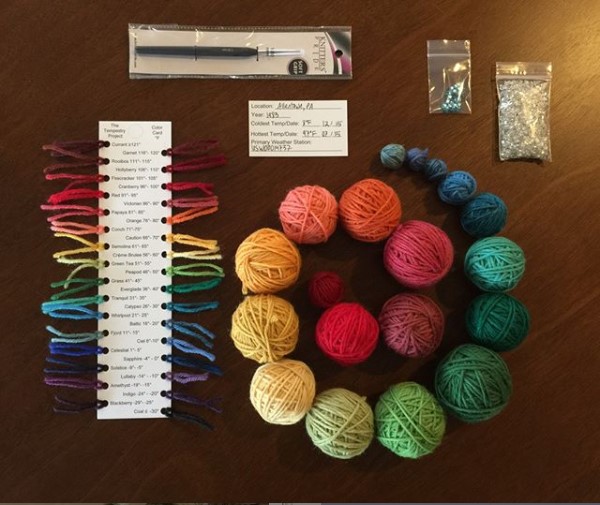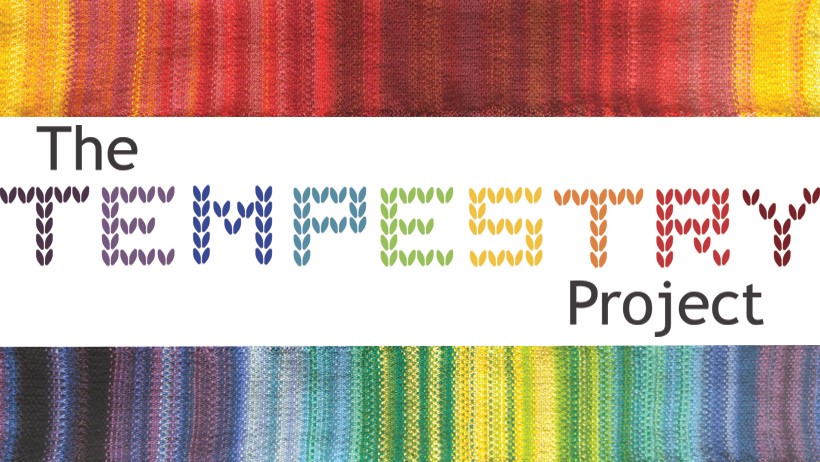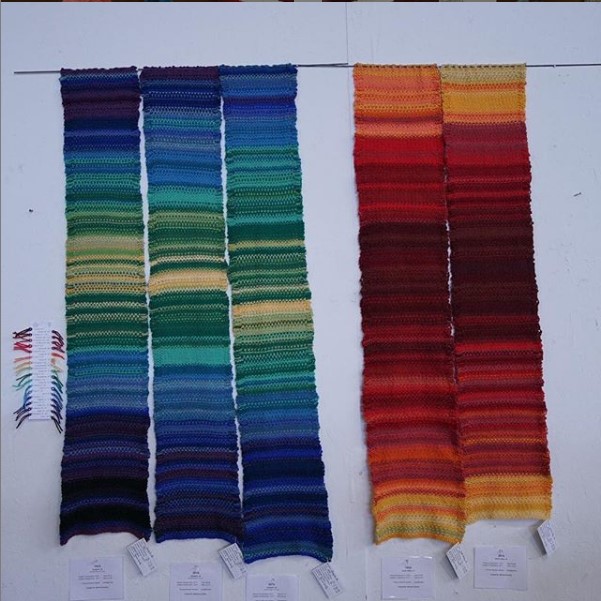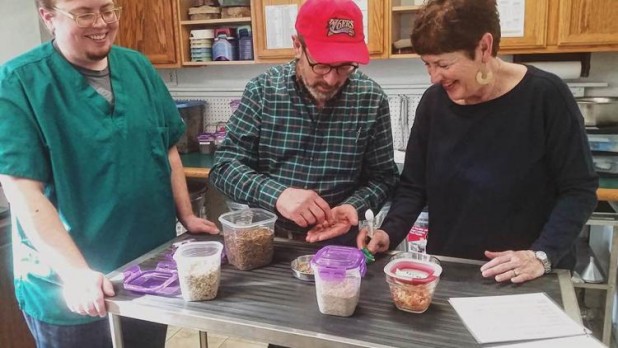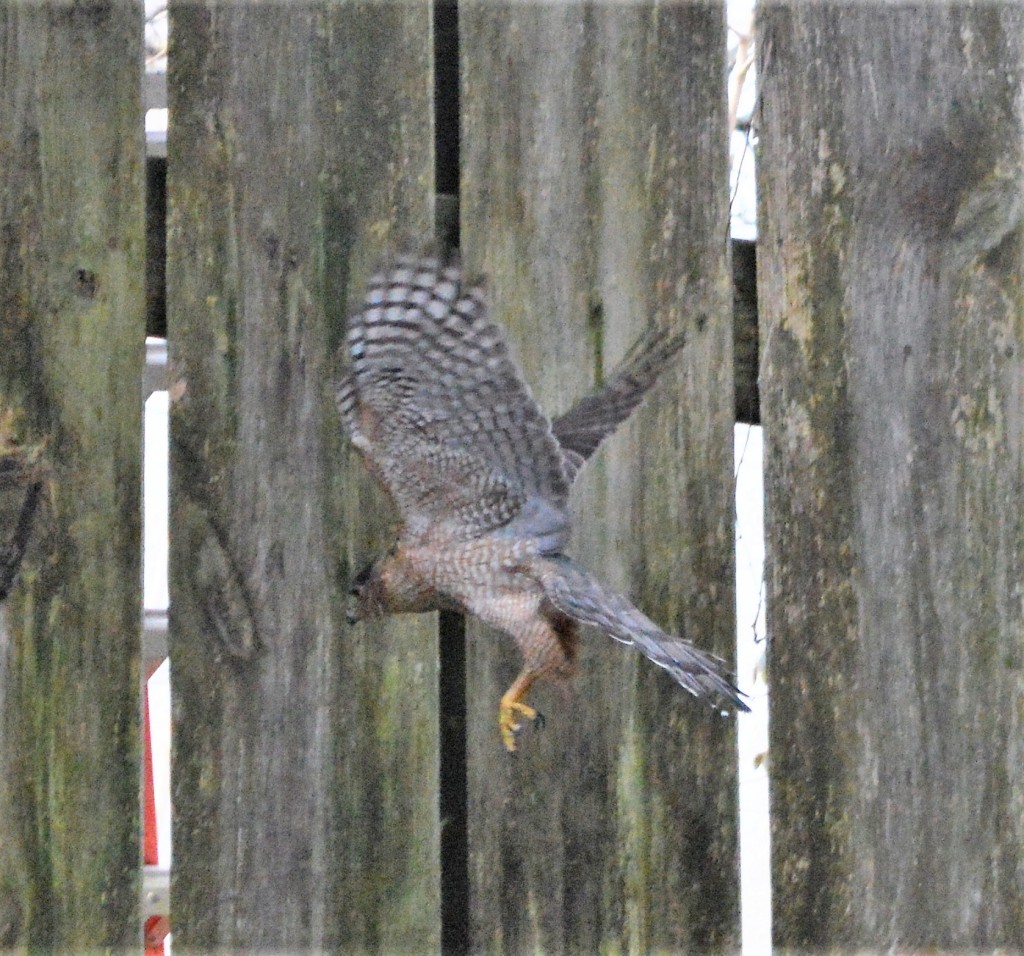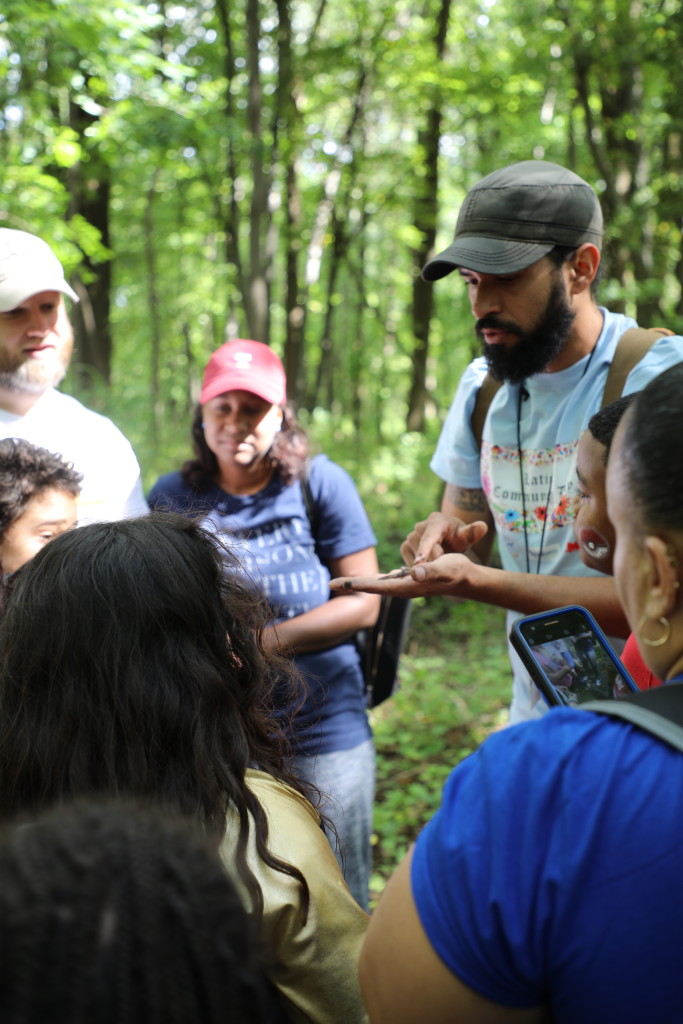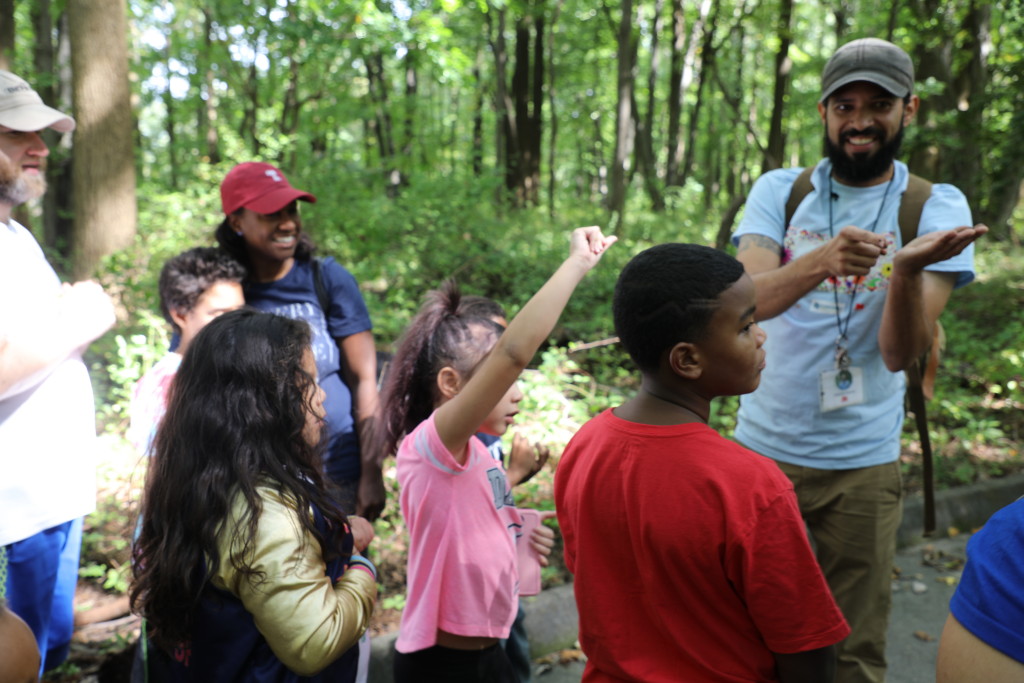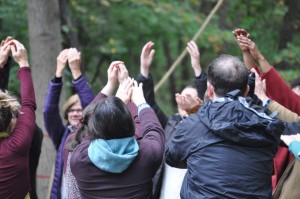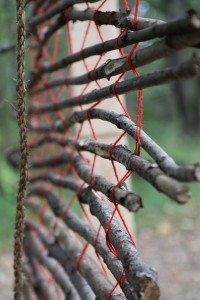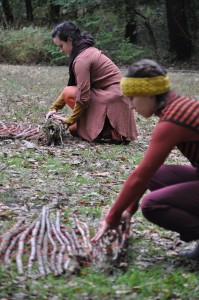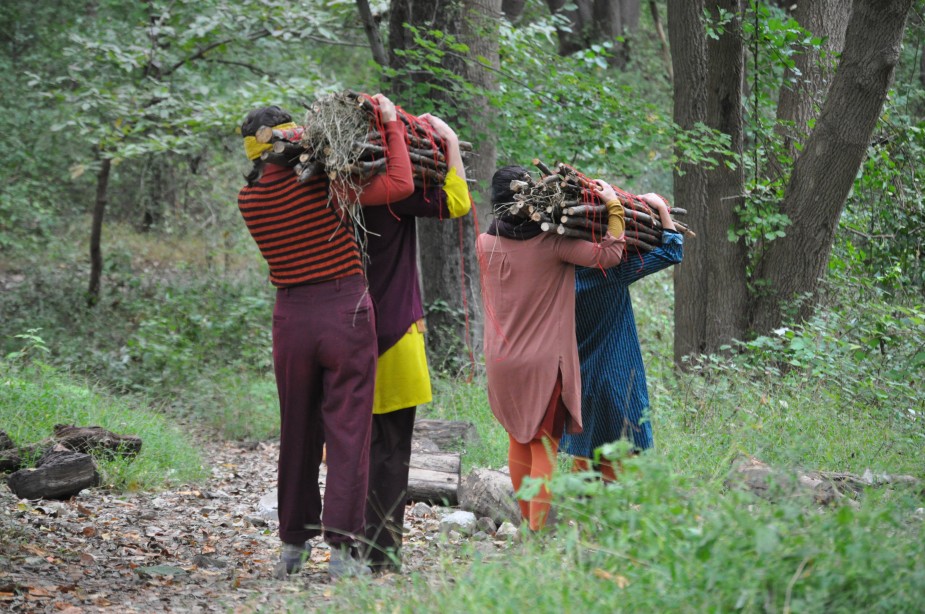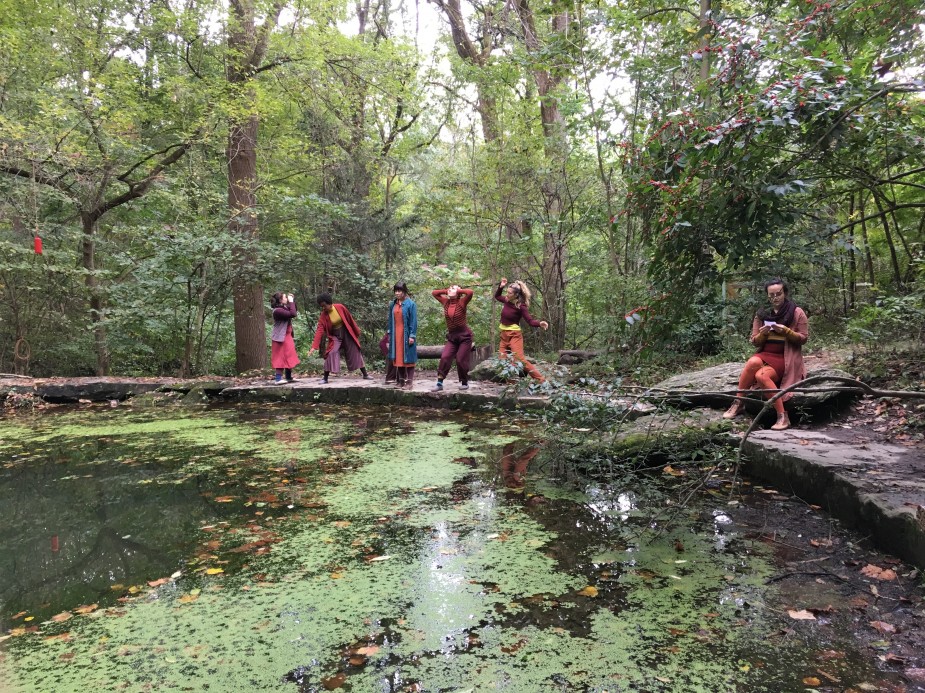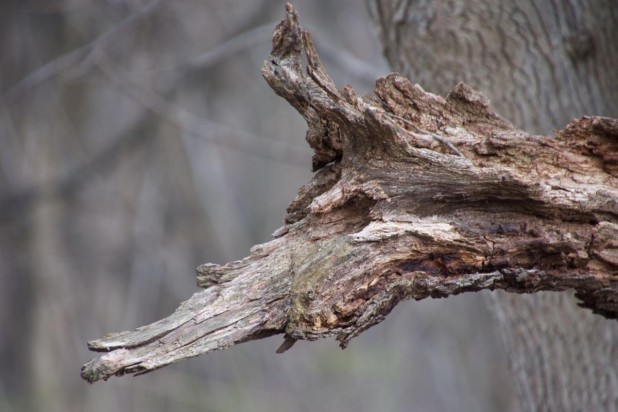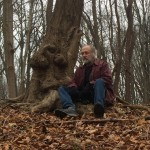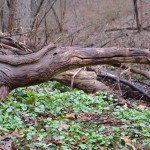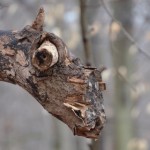By: Christina Catanese
Recently, plastic has been the object of much attention – environmental news feels saturated with increasing calls for bans on plastic straws and grocery bags; images of dead albatrosses on beaches with stomachs full of bottle caps and other small pieces of plastics mistaken for food; an unfolding crisis in the recycling industry triggered by China’s ban on imports on many recyclables, where most of America’s waste had been shipped for years; and the resultant environmental justice crisis in Chester, where Philadelphia’s recycling was being burned for a time this year. Statistics like “8 million tons of plastics enter the ocean each year” or “240,000 plastic bags are used globally every ten seconds” or “only 10% of all plastics ever produced have been recycled to date” feel utterly overwhelming, and it can feel difficult to know what to do with or about this information.
What if there was a different way to think about plastic – through beauty, and through celebrating rather than lamenting its durability? If we saw this material as precious and valuable, rather than disposable, would we reduce how much plastic we are using and throwing away? This is part of the message of the artist behind the Schuylkill Center’s summer exhibition.
Aglow features artworks created by Aurora Robson from industrial plastic debris, illuminated from within by LED lights. Along with the immersive installation in our environmental art gallery, Robson presents three outdoor sculptures around the Visitor Center.
Intercepting her materials from the waste stream, Robson transforms discarded plastic into mesmerizing, bold sculptures that disguise and transcend their material. Drawing attention to the global challenge of single-use waste, Robson seeks to imbue these often overlooked materials with care and intention, encouraging a viewer to consider their own relationship with waste and the waterways where it so often is discarded.
“People are so confused about plastic,” says Robson. “They think of it as disposable when it is precisely the opposite.” Plastic’s resistance to weathering and decay means it can last hundreds to thousands of years in the environment. This quality, along with the extreme volume of our current consumption and disposal of plastic, makes it a nightmare for the planet, but at the same time an untapped resource for artists. Along with other valuable qualities for sculpture like translucence and pliability, it is durable and almost automatically archival – an art conservator’s dream material.
Robson is a leading voice advocating for artists to be more conscious of the environmental footprint left by their art making. Besides shipping, her work is close to carbon neutral, made only from discarded or difficult-to-recycle materials. Her inquiry into the potential of plastic as art material has extended beyond her own art practice; she also offers courses and workshops on safety and best practices in low-impact artwork, as well as leads stream clean up efforts to source materials for sculpture out of local waterways and shorelines.
Many of the works in this exhibition are made from decommissioned highway safety drums and industrial detergent barrels, which are almost always sent to a landfill after their use, but which Robson here has cleaned, cut, welded, and transformed. Though the warm-toned organic shapes are abstract, they call to mind creatures of the ocean, some of the most impacted organisms of the plastic crisis.
Robson’s work presents a way of looking at plastic that goes beyond simply recycling more. It is activist work, in that it is an active response to a global challenge which activates our imaginations around creative solutions. The work in Aglow (literally) illuminates and alerts, but also plays its part to stem the tide of plastic waste streaming into the environment, where it will stay for centuries, threatening our health, choking ecosystems, contributing to climate change, and marking our human presence in the geologic record.
Aglow is on view in the Schuylkill Center’s art gallery and trails now through August 27, 2019. Join us on June 6 from 7-9pm for a reception with the artist and a guided tour of the exhibition at dusk. This exhibition is supported by the Joseph Robert Foundation.
Christina Catanese directs the Schuylkill Center’s Environmental Art program and can be reached at christina@schulkillcenter.org. For more information on the environmental art program, visit www.schuylkillcenter.org.

